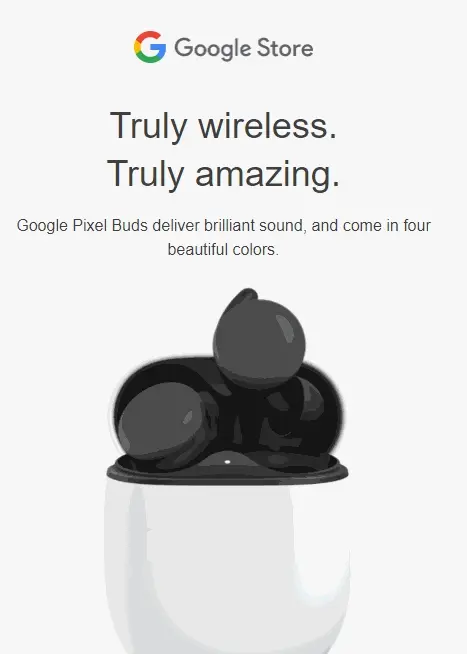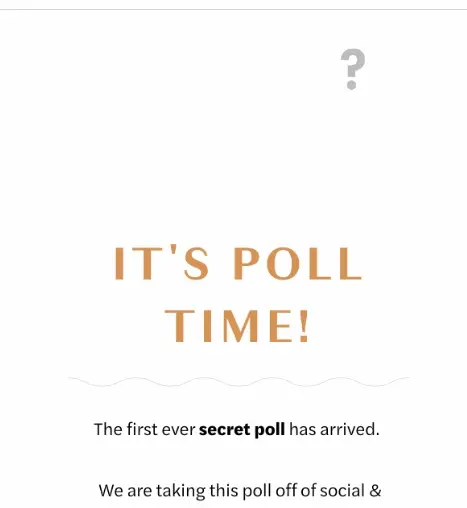
Are your brand’s marketing efforts a one-sided conversation?
In an increasingly digital world, there are more opportunities than ever to connect with your leads. More often than not, however, those connections are driven in one direction, without the back-and-forth dialogue that more closely mimics the way we engage with each other in real life.
Fortunately, there’s a better way.
Interactive marketing is a sort of “choose your own adventure” approach to nurturing your leads, with content driven by relevance — not just by chance. And it’s growing rapidly in popularity, with 62 percent of B2B marketers relying at least in part on interactive content to help grow their brand.
So how does it work? To help you get off the ground with interactive marketing, we’ve put together this quick guide to what you need to know, including what interactive marketing is and some tips for putting it into practice. Let’s get to it.
What is Interactive Marketing?
Interactive marketing is a form of content advertising based on lead behaviors and actions instead of being passively marketed to.
We already know that data and personalization are key to moving prospects down the funnel. Interactive marketing takes these essentials and uses them to determine what pieces of content a prospect is presented with and when. Ultimately, this means that leads get more access to the information they need — with less of the stuff they don’t.
The results? Content that’s directly aligned with an individual’s preferences, actions, and experience, and not just the broad scope of where they happen to be in the buyer’s journey. Examples include interactive surveys, quizzes, videos, infographics, and emails, each with its own CTA that triggers a specific brand response.
This offers a few big benefits for your brand. For starters, you end up with more engaged and more informed leads (and the more informed your leads are, the better customers they are down the line). You also offer an elevated experience right from the first touchpoint, ensuring that you stand out from your competitors in all the right ways. It certainly doesn’t hurt that interactive content tends to be inherently more engaging (Buzzfeed quizzes, anyone?).
Interactive Marketing Statistics
It’s not just conjecture to say that interactive marketing can provide a big boost to your efforts. Here are some statistics illustrating just how effective this marketing method can be.
- Interactive content gets two times more engagement than static content.
- Eighty-eight percent of marketers intend to convert at least 10 percent of their static content into interactive content over the next two years.
- Seventy-five percent of marketers agree that non-gated interactive content provides a “sample” of their brand and generates higher degrees of lead nurturing.
- Seventy-three percent of marketers agree that the combination of interactive and traditional marketing enhances the retention of their brand’s message.
- Forty-three percent of consumers prefer interactive video content over other types of video content.
Get Started with Interactive Marketing
If you’re not already using interactive content, there’s no better time than now to start. Here are some creative ways to get the ball rolling.
1. Create a Quiz
In 2015, quizzes accounted for 90 percent of the most shared posts on Facebook and boasted a 31.6 percent lead capture rate. And because they’re inherently interactive, they’re super easy to tailor to individual users.
Whether you opt for something light-hearted or a bit more serious, quizzes are a fantastic way to guide leads toward relevant products or services while also tapping into the natural desire that we all share to learn more about ourselves — even if it’s just in good fun. You can use a quiz builder tool to create interactive quizzes that captivate and delight your audience.
2. Host a Poll
Polls are a highly effective way to get your audience’s attention, and they’re super easy to create and promote through social media and email.
Use them at every stage of the buyer’s journey to gauge consumer interest and learn more about what people are looking for. You can also use them as part of designated campaigns, for example, asking leads to cast their vote to help name a new product ahead of launch.
3. Use Hover-Over Imagery
Hover-over imagery — i.e., images where viewers can hover over certain designated areas to learn more about them — is traditionally thought of in relation to selling clothing or other direct-to-consumer goods, but businesses of all varieties can put them to use.
Consider creating a hover-over image that gives leads an inside look at how your product operates. Or how about a hover-over image of one of your solutions, with details about what each different aspect brings to the table? Share your images in your blog, on social, and in your emails, and let your prospects navigate their own way toward more product knowledge.
4. Update Existing Static Content
There’s no need to totally start from scratch with interactive marketing. Look at your existing static content to try and find ways that you can amplify them with interactive elements or build them out into a separate interactive campaign. You’ll get more bang for your buck without having to start from square one.
What is Interactive Email Marketing?
Since we specialize in email marketing, we’d be remiss if we didn’t discuss how interactive marketing plays into your email marketing strategy.
In traditional emails, subscribers can’t perform specific actions, such as completing a purchase, booking a hotel room, or signing up for a webinar without leaving their inbox. For example, if the desired action is to sign up for a webinar, the call-to-action button redirects the email recipient to a landing page outside the inbox.
Interactive email marketing is flipping the traditional rules. So what is interactive email marketing?
Interactive emails enable subscribers to click and complete specific actions within the email. It includes elements that let subscribers book a room, add items to a shopping cart, take a quiz, complete a survey or watch a product demo directly in their inbox. Just as the term states, these kinds of emails allow recipients to interact with them, which improves the overall experience and offers more personalized email marketing.
Why Interactive Email Marketing is Beneficial
Email marketing is one of the best, if not the best, marketing channels with a 3600% return on investment. However, email is largely one-directional: from the marketer to the subscriber. If the recipient opens an email and fails to take any action, the sender is left hanging, without insight into whether the recipient was receptive to the email content or how they interacted with it. Interactive emails seek to change that.
The interactive elements encourage subscribers to complete an action in a way that makes them feel part of an experience, thus increasing user engagement, which in turn increases click-to-open rates by 73%.
Even better, allowing subscribers to perform specific actions within the email reduces the number of steps to conversion. Remember: the fewer steps a subscriber has to take to fulfill an action, the more likely they are to do it. It’s no surprise, then, that interactive email delivers two times more conversions than passive email content.
Other notable benefits of interactive emails include:
- Improved sharing
- More qualified leads
- Personalization
- Increased engagement that leads to a better sender reputation
Types of Interactive Email Content
Here are the interactive elements to use in your next email campaign:
1. Video, GIFs, and Animation
Embedding videos, GIFs, and animation within the email content could boost click rates by 300%. For example, CompTrain uses videos in their emails, providing a snippet of the weekly training programs, upcoming training cycles, and goals.
The emails work because they are short and to the point. Not to mention, the short videos are captivating, so they stimulate subscribers’ curiosity to learn more.
You can understand it with another example of how it improves CTR. The Click-Through-Rate of video content also depends on the caption; if you add subtitles to video, your content reach increases. Likewise, adding video in email marketing improves your CTR.

2. Shopping Carts
If your goal is to boost sales, consider sending emails that let subscribers complete the transaction with the email. Adding the shopping cart removes a barrier that may prevent them from completing a purchase.
Wave Fashion has mastered this trick. The apparel store lets its subscribers complete the order without leaving the inbox. This expedites the ordering process, making it easy for all email recipients to buy the clothes they like with fewer clicks.

3. Product Page
Some buyers may exit the sales funnel when you redirect them from email to your product page. To sidestep the problem, add a product page within the email. This reduces the number of clicks between initial product discovery and purchase.
Google, for example, lets buyers preview the Pixel Buds in a variety of colors, add them to the shopping cart, and complete the purchase, all without leaving their inbox.

4. Surveys, Quizzes, and Polls
Embedding a survey, quiz, or poll in the email means one less step for subscribers to take. That may sound inconsequential, but it can be the difference between 100 and 1,000 survey responses. The shorter process incentivizes users to fill out the form and give honest feedback.
This element works for simple surveys, pools, and quizzes — like this Welkom poll. When they wanted customers’ feedback on a new design, the company created an email poll, where users could simply click to share their answers.

The response rate will even be better if you promise to reward the subscriber for taking the quiz. For example, Netflix once let its subscribers claim an offer after completing a quiz, and the response was overwhelming. Everyone likes a reward for giving valuable information, after all.
Whatever you hope to achieve with your emails, consider an interactive email marketing campaign to make it easier for your customers to engage with your brand and message, all without leaving their inbox!



